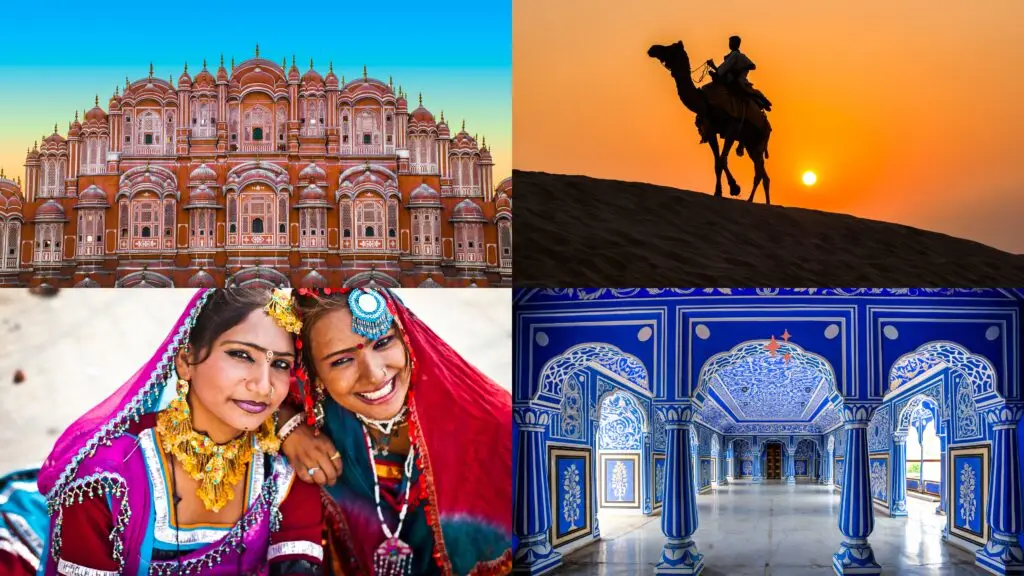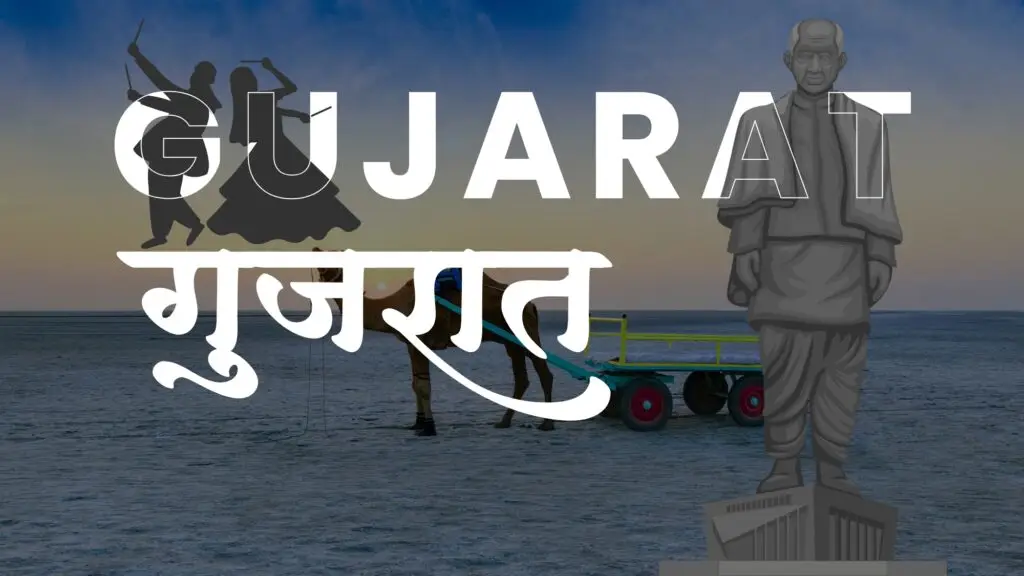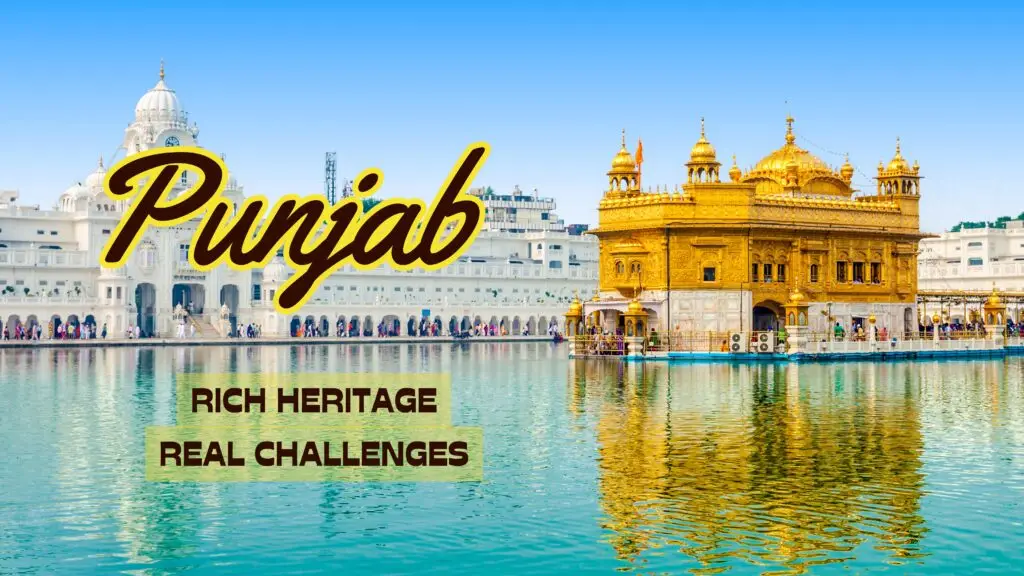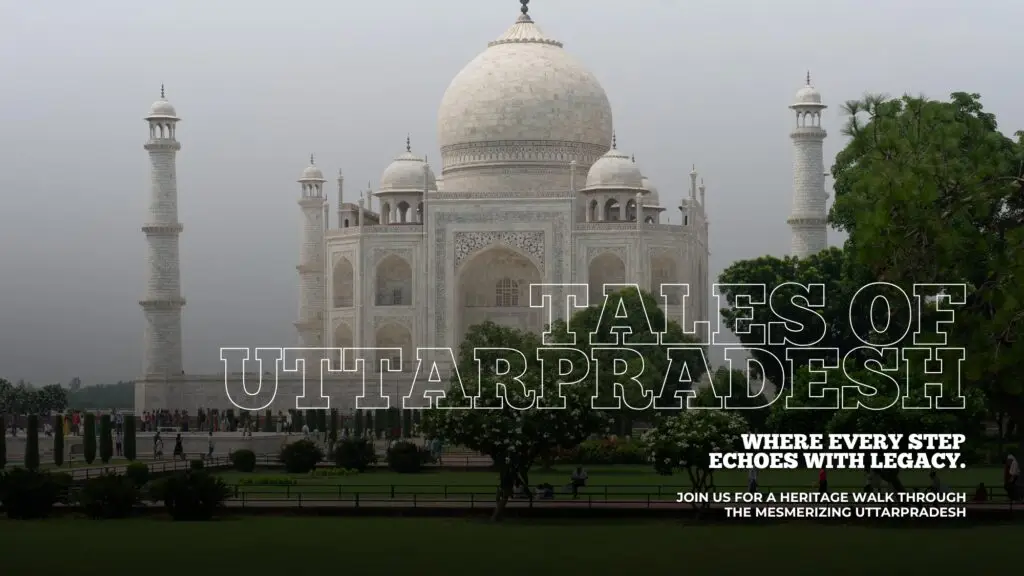Rajasthan, the “Land of Kings”, conjures up images of grand forts, magnificent palaces, vibrant turbans and endless deserts. It is a state that breathes history, where every sandstone wall has a story and every melody carries the echo of brave tales. But Rajasthan is more than just its glorious past; it’s a dynamic region evolving with modern aspirations, navigating unique challenges, and charting a path towards a prosperous future.
Join us on a captivating journey through this desert jewel, exploring its multifaceted identity, from its legendary heritage to its contemporary endeavors.

Rajasthan’s Rich History and Culture
Rajasthan’s history is a grand saga of Rajput warriors and valor, resilience, and unbreakable pride. From the 8th century, various Rajput established powerful kingdoms, building huge forts like Chittorgarh, Mehrangarh (Jodhpur), and Amber (Jaipur) that stand as witness to their military genius and architectural bravery. These kingdoms, often engaged in violent battles or strategic alliances, shaped the region’s unique identity. The tales of Maharana Pratap, Prithviraj Chauhan, and other legendary figures are deeply deeply rooted in the state’s collective consciousness. Later, the influence of Mughal empire brought a blend of architectural and artistic styles, visible in many palaces and gardens.
Rajasthan is a state of colors, showcased through its energetic festivals like Pushkar Fair, Desert Festival (Jaisalmer), and Teej, which showcase its folk dances like Ghoomar and Kalbelia and unique puppetry. The state is a treasure of traditional arts, including unique block printing (Sanganeri, Bagru), exquisite miniature paintings, precious stone cutting and intricate silver jewelry. Every angle of Rajasthani culture speaks of a deep connection to its roots and an unparalleled artistic flair.
Rajasthan’s Geography and Environment
Rajasthan is India’s largest state by area, includes the famous Great Indian Desert “Thar Desert” in the west. One of the world’s oldest mountain ranges, “The Aravalli Range” , cuts the state from northeast to southwest. While the western part is dry, the eastern part is relatively fertile with rivers like the Chambal and Banas.
The Thar Desert’s arid climate leads to water scarcity being a perennial concern, impacting agriculture and daily life. Irregular monsoons and desertification are ongoing environmental issues. However, conservation efforts are visible in its wildlife sanctuaries like Ranthambore National Park (famous for tigers) and Keoladeo National Park (a UNESCO World Heritage Site known for migratory birds), showcasing the state’s efforts to preserve its diverse ecosystems despite the harsh conditions.
Livelihood and Growth: The Financial Pulse of the Desert State
Traditionally, the primary livelihoods in Rajasthan have been agriculture (reliant on erratic rainfall or irrigation projects like the Indira Gandhi Canal) and animal husbandry (sheep, goats, camels). However, in recent decades, the state’s financial landscape has diversified significantly.
- Tourism: This is undoubtedly the backbone of Rajasthan’s modern economy, providing livelihoods to millions directly and indirectly.
- Mineral Resources: Rajasthan is rich in minerals like zinc, lead, marble, sandstone, and lignite, driving significant mining and processing industries.
- Textiles & Handicrafts: The traditional textile industry, including dyeing, printing, and embroidery, continues to be a major employment generator.
- Services Sector: Growth in IT (especially in Jaipur), education, and healthcare is increasingly contributing to the state’s financial growth.
- Renewable Energy: Given its vast desert land and abundant sunshine, Rajasthan is emerging as a leader in solar energy production, attracting significant investments and promising future growth.
The state government’s focus on ease of doing business, infrastructure development, and encouraging investment has steadily contributed to its economic growth.
Rajasthan’s Tourism and Hospitality
Rajasthan’s tourism sector is unparalleled in India, drawing millions of domestic and international visitors annually. It offers a truly immersive experience of India’s royal past:
- Majestic Cities: The Pink City of Jaipur (UNESCO World Heritage Site), the Blue City of Jodhpur, the Golden City of Jaisalmer, and the Lake City of Udaipur – each offers a unique aesthetic and historical narrative.
- Iconic Forts & Palaces: From the Amber Fort and City Palace in Jaipur to Mehrangarh Fort in Jodhpur, and the desert fort of Jaisalmer, these structures are living museums.
- Unique Experiences: Desert safaris in Jaisalmer, hot air ballooning over Jaipur, boat rides on Lake Pichola in Udaipur, and experiencing the spiritual fervor of the Pushkar Camel Fair.
The hallmark of Rajasthan’s tourism is its legendary hospitality. Known as “Padharo Mhare Desh” (Welcome to My Land), this philosophy is deeply ingrained. From luxurious palace hotels (often converted royal residences) to charming havelis and eco-friendly desert camps, the state offers unparalleled warmth and service, ensuring visitors feel like royalty.
Rajasthani Culinary Delights
Rajasthani cuisine is a flavorful reflection of its geography and history, developed to sustain people in arid conditions and during long journeys. It is predominantly vegetarian but incredibly rich and diverse.
- Signature Dishes: Dal Baati Churma (baked wheat balls served with lentil curry and sweetened crumbled bread) is iconic. Laal Maas (spicy mutton curry) is a popular non-vegetarian delicacy.
- Snacks & Sweets: Pyaaz Kachori (spicy onion pastry), Mirchi Bada (chilli fritters), and the famous Ghevar (disc-shaped sweet) are widely loved.
- Desert Adaptations: The use of gram flour, lentils, beans, and dried vegetables is common due to water scarcity, leading to unique preparations like Ker Sangri. The cuisine often uses generous amounts of ghee (clarified butter) for flavor and sustenance.
Navigating the Challenges and Forging the Future
Despite its charm and growth, Rajasthan faces significant problems and challenges:
- Water Scarcity: This remains the paramount challenge, impacting agriculture, health, and rural livelihoods, necessitating continuous efforts in water conservation, rainwater harvesting, and efficient irrigation.
- Desertification: The expansion of the Thar Desert poses a threat to agricultural land and ecosystems.
- Rural-Urban Divide: Ensuring equitable development and access to resources for its vast rural population remains crucial.
- Literacy and Healthcare Access: While improving, ensuring universal access to quality education and healthcare, especially in remote areas, is an ongoing endeavor.
However, Rajasthan is actively envisioning a brighter future. The state is pushing for large-scale investments in renewable energy (solar parks), enhancing infrastructure (roads, industrial corridors), promoting digitalization, and fostering its startup ecosystem to create new job opportunities. Efforts are also ongoing to preserve its heritage sustainably while promoting responsible tourism.
Rajasthan’s Unique Charms: Quirky Facts and Enduring Legacy
- Home to India’s Only Desert State: A truly unique ecological zone.
- World’s Oldest Mountain Range: The Aravallis are older than the Himalayas.
- The Land of Palaces: Many of its royal residences are now exquisite heritage hotels.
- Pushkar Fair: One of the largest camel fairs in the world, a vibrant cultural spectacle.
- Jantar Mantar (Jaipur): A UNESCO World Heritage Site featuring a collection of 19 architectural astronomical instruments.
The Everlasting Spirit of Rajasthan
Rajasthan is more than just a tourist destination; it’s a living testament to resilience, beauty, and tradition. Its glorious past, vibrant present, and ambitious future converge to create an experience that is both deeply rooted and continuously evolving. As India marches forward, the Land of Kings continues to shine brightly, proving that even in the heart of a desert, an indomitable spirit can create an oasis of culture, commerce, and captivating charm.




